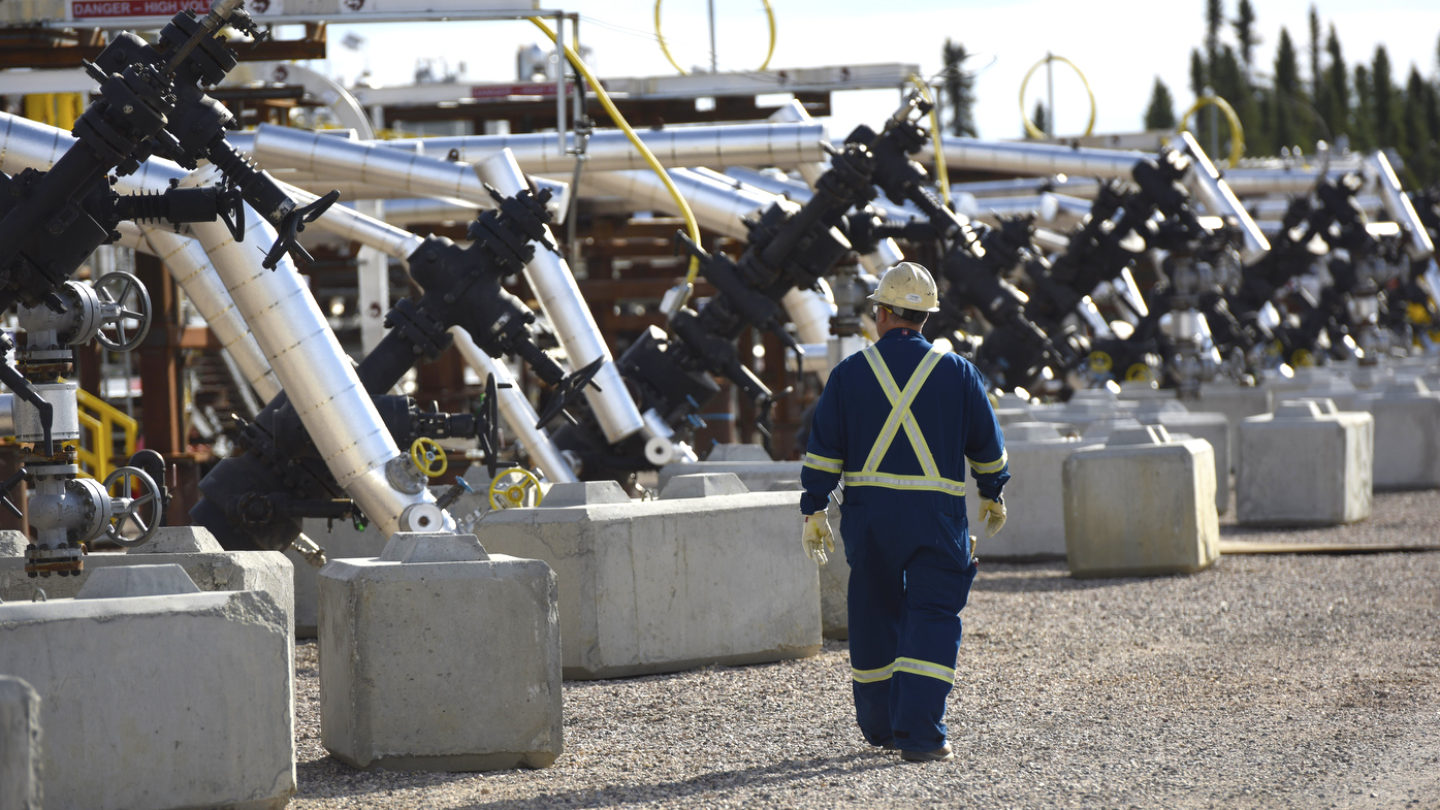The oil sands industry in northern Alberta is one of Canada’s most important resources.
The industry provides reliable energy supply as well as jobs, taxes and government revenues that help pay for services like roads, schools and hospitals across the country.
Here are the facts.
Government Revenues
Using Statistics Canada data, CEC Research calculated gross revenues to federal, provincial and municipal governments from the oil and gas industry between 2000 and 2021.
This includes personal and corporate federal and provincial income taxes, indirect taxes, royalties, and crown lease payments.
Over the last two decades the oil and gas industry, including the oil sands, contributed $578.7 billion to governments across the country.
Of this, the oil sands sector itself contributed an estimated $195 billion to $210 billion, or about $9 billion to $10 billion per year.
That’s enough revenue to pay for three new hospitals every year, considering the new hospital and cancer centre being built in Surrey, B.C. comes at a cost of $2.88 billion.
Government contributions from Canada’s oil sands sector are expected to rise over the coming decades.
Under a conservative scenario where the West Texas Intermediate (WTI) oil price benchmark averages US$60 per barrel, Canadian government revenues from the oil sands are expected to rise from US$12.1 billion in 2023 to US$19.4 billion in 2050.
That would mean an oil sands contribution of over US$420 billion to Canadian governments over the next three decades.
Boost to the economy
The oil and gas sector broadly accounts for about 5.5 per cent of economic activity in Canada, averaging $104 billion in annual GDP between 2016 and 2021, according to Statistics Canada and the Canadian Association of Petroleum Producers (CAPP).
Over that period, the oil sands alone contributed about 3 per cent of Canada’s total economic activity, or an average $54 billion per year.
Jobs
In 2020, Canada’s overall oil and gas industry supported nearly 600,000 jobs across Canada, according to the federal government.
The oil sands sector alone supported 166,000 jobs across the country that year, according to analysis by Prism Economics and CAPP.
Suppliers across the country
The oil sands may be located in Alberta, but it is supported by companies across Canada. In 2019, more than 2,300 companies around the country did direct business with the oil sands, including 1,887 in Ontario and Quebec.
The unaltered reproduction of this content is free of charge with attribution to Canadian Energy Centre Ltd.
